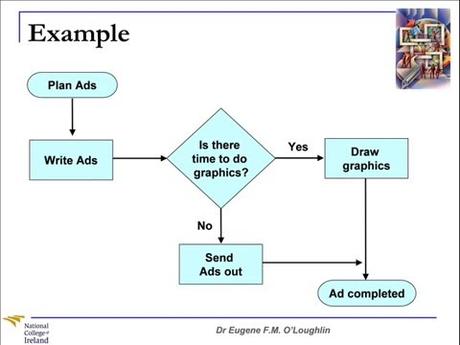SWOT Analysis &ndash SWOT Analysis (literally Strengths, Weaknesses, Opportunities, Threats) is a simple yet powerful tool that will help you to focus on the situation. By listing each of the items in these four categories for your problem, you can focus on strengths and seize opportunities while minimizing weaknesses and steering clear of threats.
Essential Problem Solving Skills for Strategy Consultants
Soft Systems Methodology is designed to help you understand complex problems so that you can start the process of solving them. It uses four stages to help you uncover more details about what's creating the problem, and then define actions that will improve the situation.
A3 Problem Solving - Lean Healthcare West
What's different? What might be causes of those differences? What might be the root causes? How can those theories be verified - to ensure that these truly are the root causes?
Creativity, Thinking Skills, Critical Thinking, Problem
Generate a list of solutions &ndash Once you have defined the problem, understood the critical factors for success to the problem, and determined environmental factors contributing to the genesis of the problem, you can generate alternative solutions. Brainstorming is a popular tool that focuses on throwing ideas onto the table without judging them. Closely related to this is Reverse Brainstorming. This focuses upon how to cause the problem rather than how to solve the problem the idea being that if you can cause the problem, you can then figure out from there how to solve the problem.
Five Whys Analysis is useful for getting to the core of a problem. Ask the question &ldquo why&rdquo until you get to the root cause of a problem. For example, if a product were not selling, you would ask &ldquo why&rdquo until you get to the core reason the product does not sell.
The A8 is a way to look with &ldquo new eyes&rdquo at a specific problem identified by direct observation or experience. It offers a structure that begins by always defining the Issue through the eyes of the customer. In itself this way of stating the problem makes resolution of the problem indisputable. After all, why are we all here if not to produce an Ideal service or product for the customer or patient?
Establishing a coaching network is another challenge. We have found that the quality of A8 reports and the learning rate increase significantly when a more experienced problem-solver coaches the process. This suggests a network of coaches is instrumental in any organization-wide deployment. Yet getting these individuals identified and trained has been a difficult hurdle.
The articles in this section of Mind Tools therefore focus on helping you make a success of the first of these steps &ndash defining the problem. A very significant part of this involves making sense of the complex situation in which the problem occurs, so that you can pinpoint exactly what the problem is. Many of the tools in this section help you do just that. We look at these, and then review some useful, well-established problem-solving frameworks.
The last step in the cycle is to follow-up the implementation. Did the new process achieve the expected results? Often, the answer will be &ldquo no.&rdquo This represents a new problem, and cycle starts over again.
Once the problem-solver feels s/he has a pretty good grasp of the current situation, s/he then presents the current condition and cause analysis to representatives of all the affected parties and requests feedback. This is best done in one-on-one, face-to-face meetings, ideally out in the affected work area(s) so that both can view the system immediately in relation to the documented process. The purposes of this step are several: to make sure all angles are covered, to obtain as accurate a picture of the current situation as possible, to solicit improvement suggestions, and to start building the organizational buy-in that will be crucial for successful implementation.

"Problem solving flow chart by eric austin" in pictures. More images "Problem solving flow chart by eric austin".
